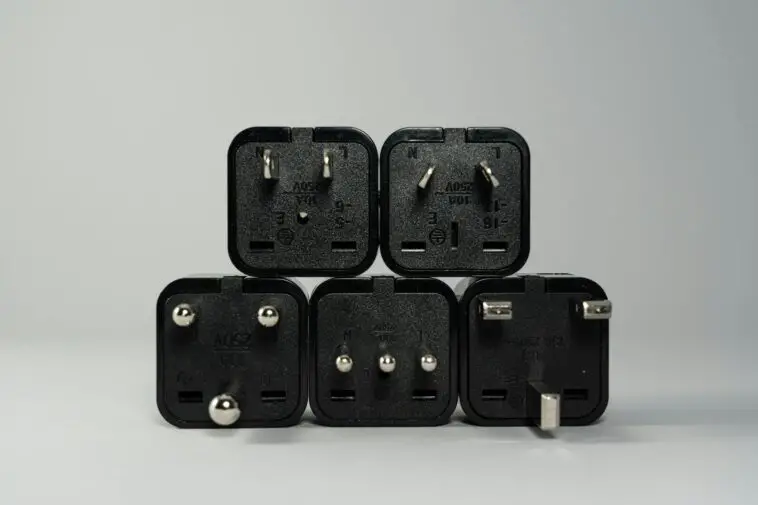Permanent electrical outlets once symbolized stability and convenience in electrical planning. But as industries grow more fluid—especially in tech, retail, and creative sectors—static power infrastructure now feels like a constraint. Teams move faster, layouts change more frequently, and the tools they rely on shift just as quickly. Fixed electrical setups often struggle to keep pace, creating disruptions that range from minor delays to serious safety hazards.
In flexible-use environments, every square foot counts, and mobility is essential. A rigid grid of wall outlets can interrupt collaboration, limit design possibilities, and leave teams improvising with unsafe workarounds. Spaces built for adaptability demand power solutions that move with the people who use them. Exploring alternatives to fixed power isn’t just a convenience—it’s a growing necessity for performance, safety, and user-centered design.
Work Zones That Shift Weekly and Never Settle
Creative and tech teams often change their layouts, which creates a need for flexible power access. Moving desks, tables, or gear becomes a hassle when wall outlets are the only option. Fixed setups can block walkways, slow down the flow of work, and even create safety risks. When power access fails to align with the updated layout, collaboration and momentum can suffer.
Solutions like overhead electrical busways can help. Such configurations bring power directly to required locations, even as layouts change. With power access that moves along with the workspace, teams can stay productive and safe, experiencing fewer delays and smoother transitions.
Retail Layouts That Prioritize Product Over Infrastructure
Retail spaces rely heavily on display flexibility, especially during seasonal changes or promotional events. Fixed outlets can limit how displays are set up, forcing awkward cable routes or leaving equipment out of reach. Improper cable placement and restricted layout options can lead to messy setups, safety concerns, and a cluttered feel that harms the customer experience.
Mobile power options allow displays to move freely without losing access to electricity. When power sources follow the layout, stores can create more polished, shopper-friendly spaces. Such adaptability not only supports better merchandising but also makes the environment more engaging and enjoyable for customers.
Multi-Use Rooms That Need Fast Turnarounds
Rooms that serve multiple purposes—like event halls, boardrooms, or classrooms—face constant layout shifts. Static wall outlets often fall out of sync with seating changes, AV setups, or group configurations, leading to tangled cables, cluttered floors, and wasted setup time. A rigid setup can’t keep up with fast transitions, especially when events are booked back-to-back or when teams need to reconfigure on short notice.
A portable hub or rolling outlet cart allows users to plug in where needed, without chasing down wall access. One meeting can flow into a workshop, then a presentation, all without rewiring or slowing momentum. Power access becomes a support system, not a barrier, helping the room stay agile and ready for whatever comes next.
Tech Labs Where Equipment Needs Change Constantly
Tech labs operate under constant pressure to integrate new tools, reconfigure workstations, and meet shifting technical demands. Wall outlets locked to one layout quickly fall out of step with the pace of change. Power cords stretched across walkways introduce safety risks, while daisy-chained extensions reduce voltage stability for sensitive equipment. Makeshift solutions slow down progress and create hazards in environments where precision matters.
Mobile stations, retractable outlets, and adjustable hubs offer a safer alternative—one that supports uninterrupted work, clearer floors, and infrastructure that adapts to ongoing technical shifts. Reliable access to flexible power keeps productivity high and setups aligned with changing project needs.
Aesthetic-Driven Spaces Where Infrastructure Must Disappear
In galleries, showrooms, and other visually-focused environments, every detail matters. Power cords and outlets can ruin the look and feel that designers work hard to create. Decisions made early on about electrical placement can clash with the final design, leading to awkward or distracting results. For example, a ceiling-mounted spotlight intended to highlight artwork may require rewiring if its power connection doesn’t align with the final display layout, interrupting the intended visual flow.
Using flexible, temporary power systems lets designers keep visual harmony while still meeting electrical needs. Plug-in units or wireless charging pads can blend into the background, providing the needed power without ruining the aesthetic. A thoughtful combination of practicality and visual cohesion allows creativity and function to work together without compromise.
Fixed power setups no longer match the demands of fast-moving workspaces. In studios, labs, and retail areas where layouts shift frequently, wall outlets restrict movement, create clutter, and increase setup time. Mobile power solutions—such as ceiling tracks or rolling hubs—bring electricity to the point of use without getting in the way. Clean, flexible access to power supports smoother transitions and safer environments. Instead of resisting change, infrastructure should support it. Rethinking how electricity is delivered helps unlock adaptability, maintain visual clarity, and keep productivity flowing. Power shouldn’t dictate the layout—space should lead, and energy should follow.




